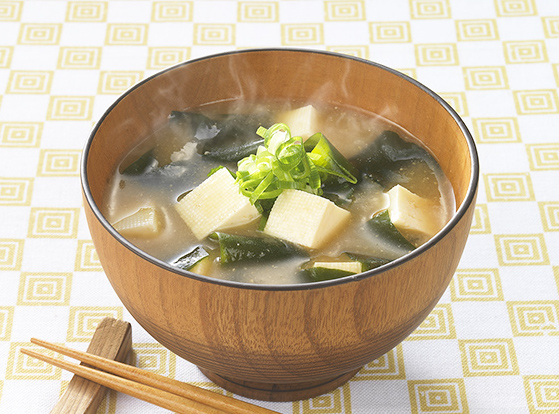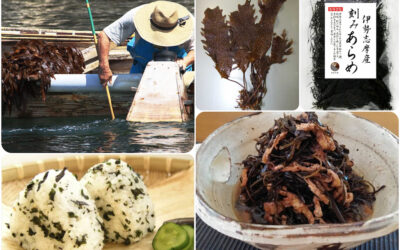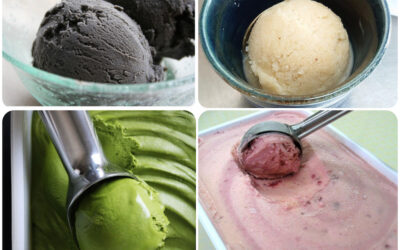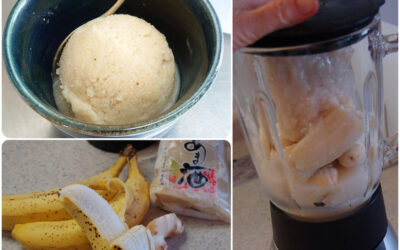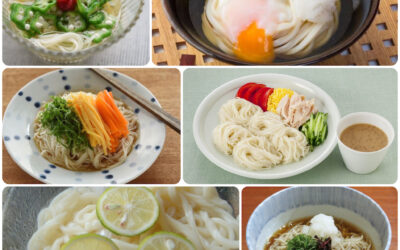
Kitchen Culture Cooking Club
EXPLORE and PRACTICE Japanese cooking in your own kitchenAbout Kitchen Culture Cooking Club
Welcome to the Kitchen Culture Cooking Club, a community space providing encouragement to those who want to EXPLORE and PRACTICE Japan’s washoku wisdom in their own kitchens.
To facilitate this, themed projects will be posted to this page periodically. Project Assignments and links to relevant reference material stored on this site will be posted to this page. Anyone, anywhere in the world, with a sincere interest in Japanese food culture is welcome to browse the contents of this page and then replicate the themed project in their own kitchen.
For those who wish to display-and-discuss their projects with like-minded people, I invite you to join the KITCHEN CULTURE Cooking Club Facebook Group (formerly the TSUDOI Project), an interactive community space.
PROJECT Miso Soup
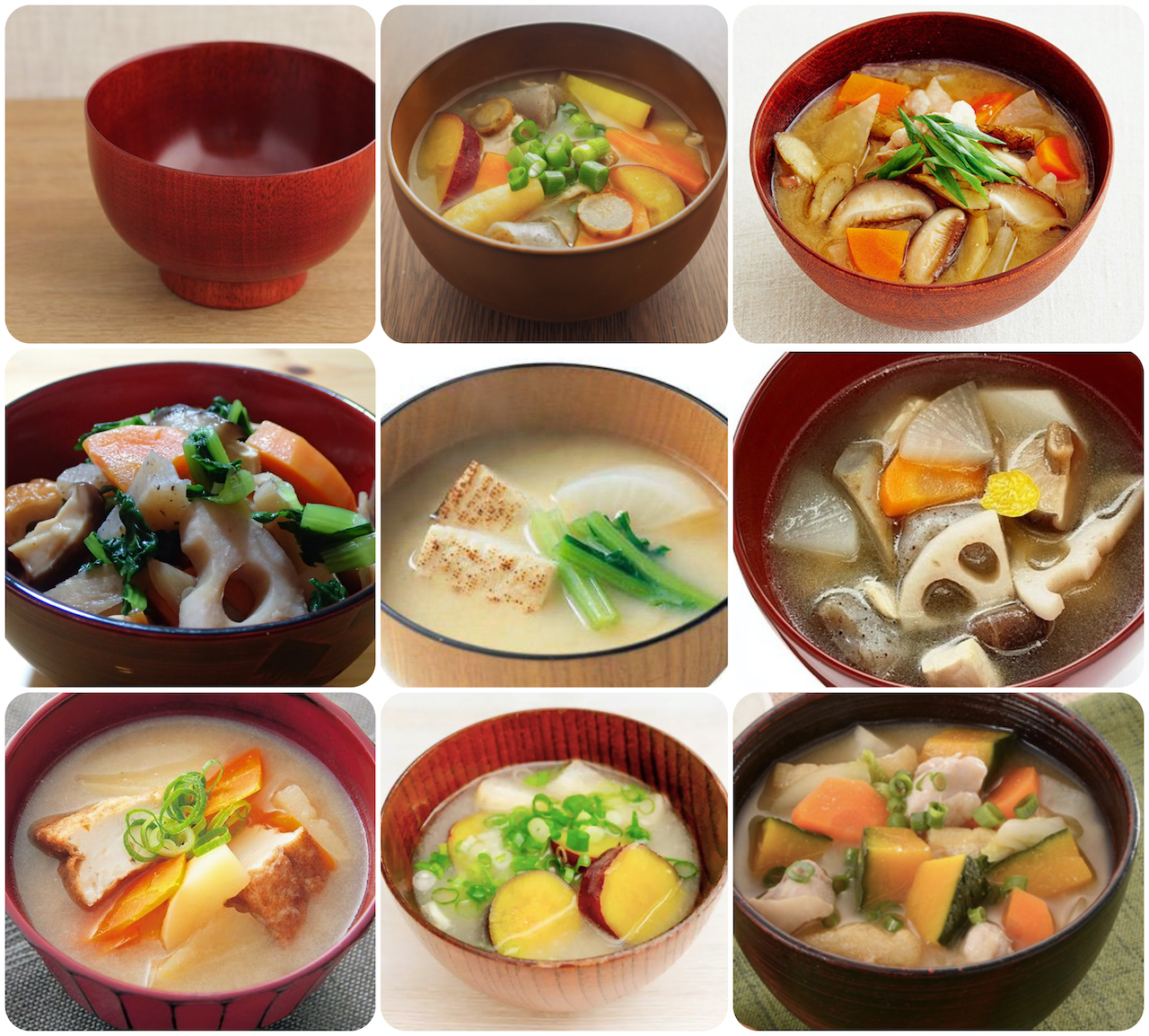
PROJECT Miso Soup
In most Japanese households, miso soup is served daily, often as part of breakfast, though it could just as easily appear at lunch or dinner. Most Japanese have strong regional preferences when choosing what miso to use (details posted to Kitchen Culture blog); the items floating in the miso soup are likely to reflect the season. Year-round, and throughout Japan, many miso soups will include tōfu in some form along with scallions, leeks and/or leafy greens. Another common addition is wakamé (sea vegetable).
Using the recipes below as a point of departure, create your own HOUSE MISO SOUP
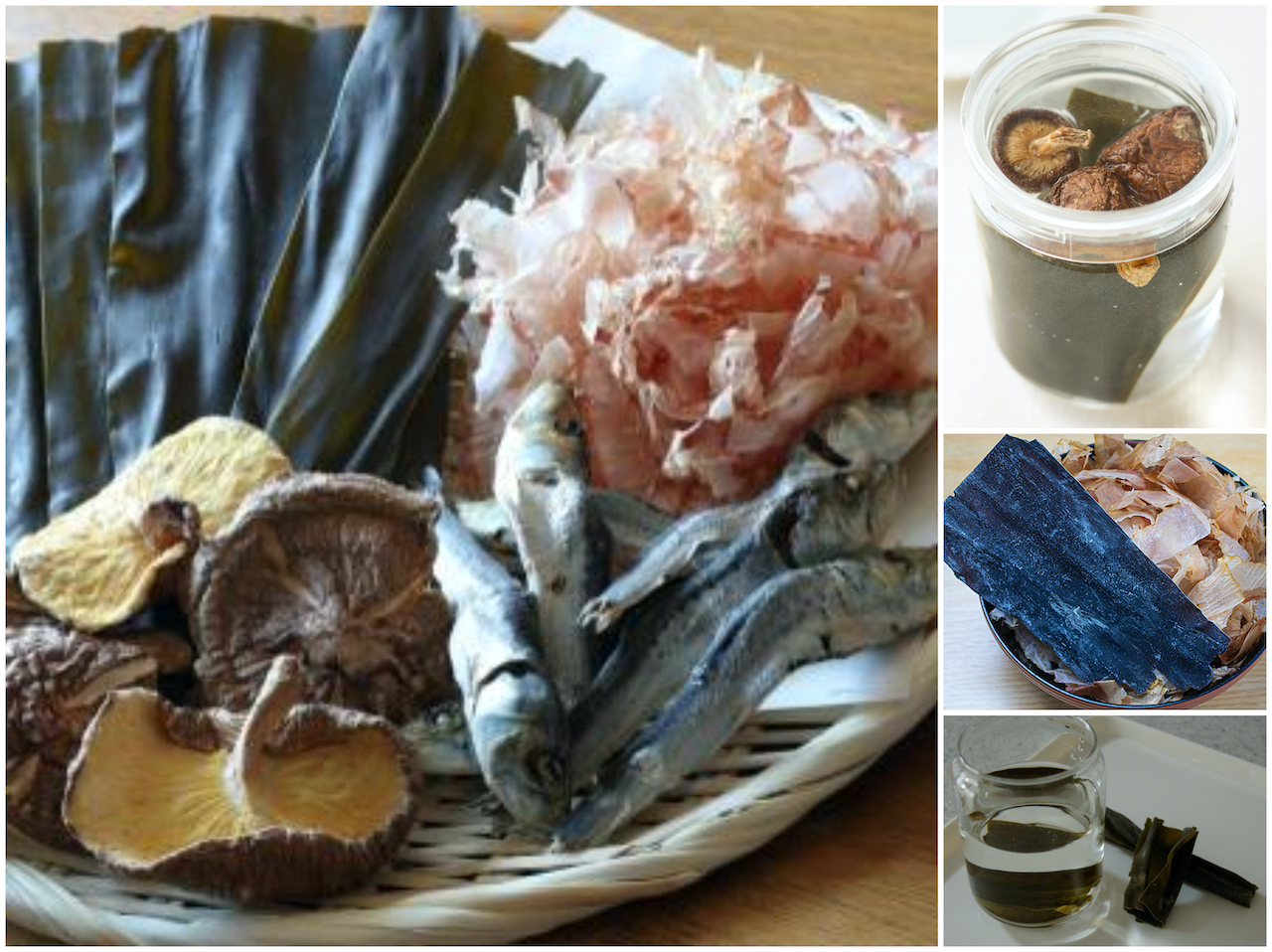
Various STOCKS (dashi)
Good-tasting, good-for-you miso soup is made with home-made dashi stock. Whether you choose to use Standard Sea Stock made with kelp and fish flakes or a vegan broth, Kelp Alone Stock or Sankai Dashi (made with dried shiitake mushrooms and kelp) it takes only a few minutes.
Ordinary Miso Soup
It is the very familiar and ordinary nature of these elements that makes ORDINARY MISO SOUP so reassuring, comforting and nourishing.
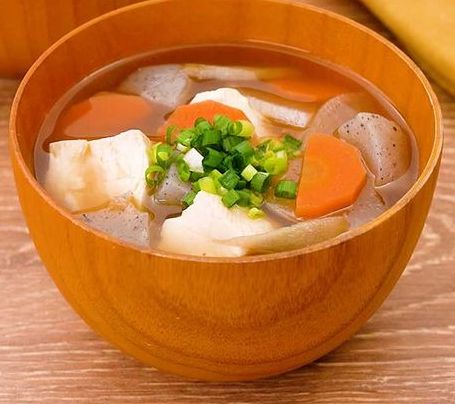
Miso-Enriched Chowder
Often miso soup will resemble a chowder brimming with chunks of root vegetables and hefty cubes of tōfu. Perhaps the best known is kenchin-jiru, credited to be resourceful monks at Kenchō-ji Temple (建長寺) in Kamakura who used scraps from preparing other meals. Nearly every household and casual eatery, too, will serve a similar soup. Some versions will have a clear broth, others will be thickened and seasoned with miso.
Recipes and Resources
Stock (Dashi)
Dashi stock is essential to making soups and simmered or stewed dishes. Dashi is also used when making many egg dishes and all sorts of sauces, dips and dressings. Using good dashi will make a noticeable difference in the outcome of so many dishes you prepare.
Click to download recipes for (vegan) Kelp Alone Stock or Standard Sea Stock + Smoky Sea Stock
How to Cook Rice
In Japanese, the word for cooked rice, ご飯 GOHAN, is the same as the word for a meal, ご飯 GOHAN. Indeed rice is central to the meal. Download the Rice with Mixed Grains recipe.
How to Prepare Sushi Rice
Sushi dishes are made with rice that has been seasoned (with sweetened vinegar) AFTER being cooked. Download the Classic Sushi Rice recipe.
Quick Pickles
The Japanese enjoy a wide variety of tsukémono pickles, many can be assembled quickly and are ready to eat within a short time.
Download a recipe for Quick-Fix Hakusai Cabbage.
PROJECT Bounty of the Seas
Bring a Bounty of Sea Vegetables to YOUR Table Resources and recipes for preparing three versitile sea vegetables: ARAMÉ, WAKAMÉ, and HIJIKI.Aramé is often listed as a substitute for hijiki in soy-braised nimono dishes. Like hijiki, aramé is dark brown and when sold...
PROJECT Frozen Ices
Using the basic description and recipe (for Banana-Ginger Ice) in the Kitchen Culture blog post, try making different flavors: Kuro Goma (Black Sesame), Matcha (Green Tea), and Ichigo (Strawberry) are especially tasty. KANSHA (pg 230) has a recipe for Brown Sugar Ice...
Frozen Ices
Ama-zaké has been part of the Japanese pantry for thousands of years. During the Muromachi period (1392-1573) ama-zaké consumption took on a regional identity: In and around Kyoto, it was sipped in the summertime as a stamina drink to fortify a heat-weary metabolism,...
PROJECT Cold Noodle Salad
FIRST... choose your NOODLE: thread-thin sōmen ... or thick, slithery-chewy udon ... rustic wholegrain soba ... or curly-springy chūka soba. NEXT... decide if you want to serve your noodles DIPPING-STYLE (tsuké-jiru) or POUR-OVER STYLE (kaké-jiru) and choose your DIP...

